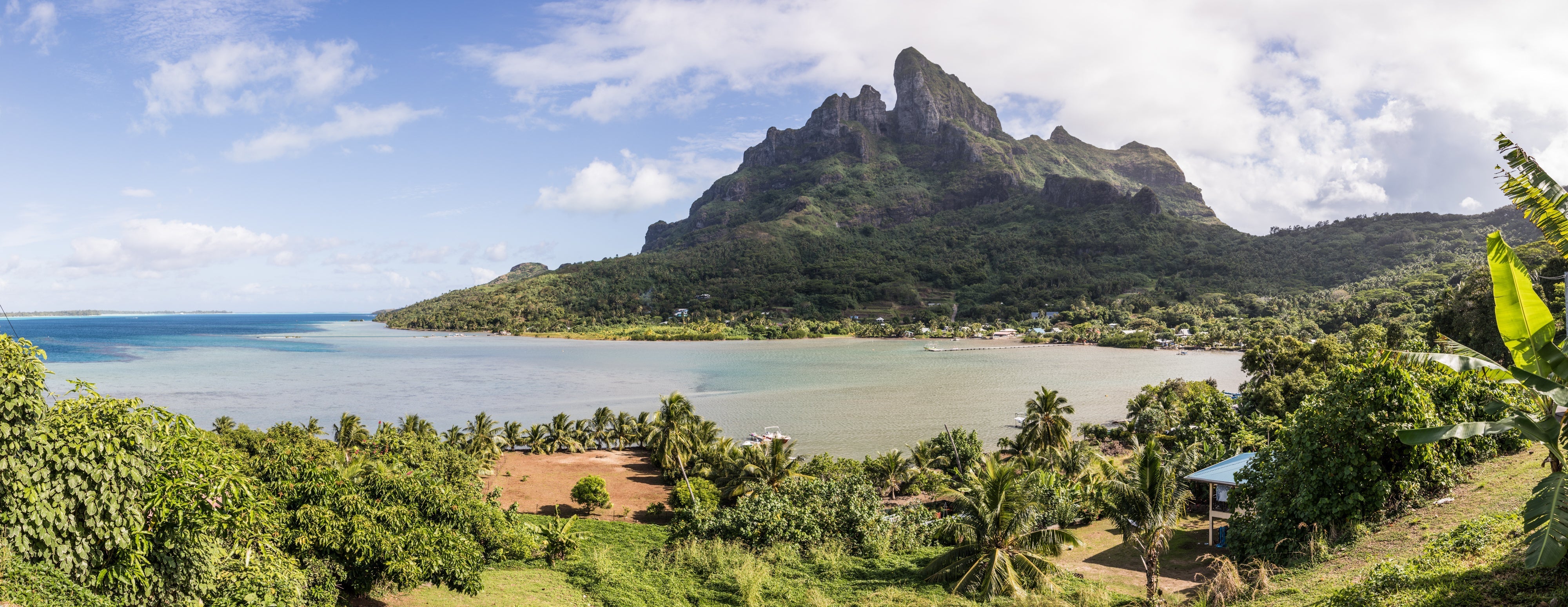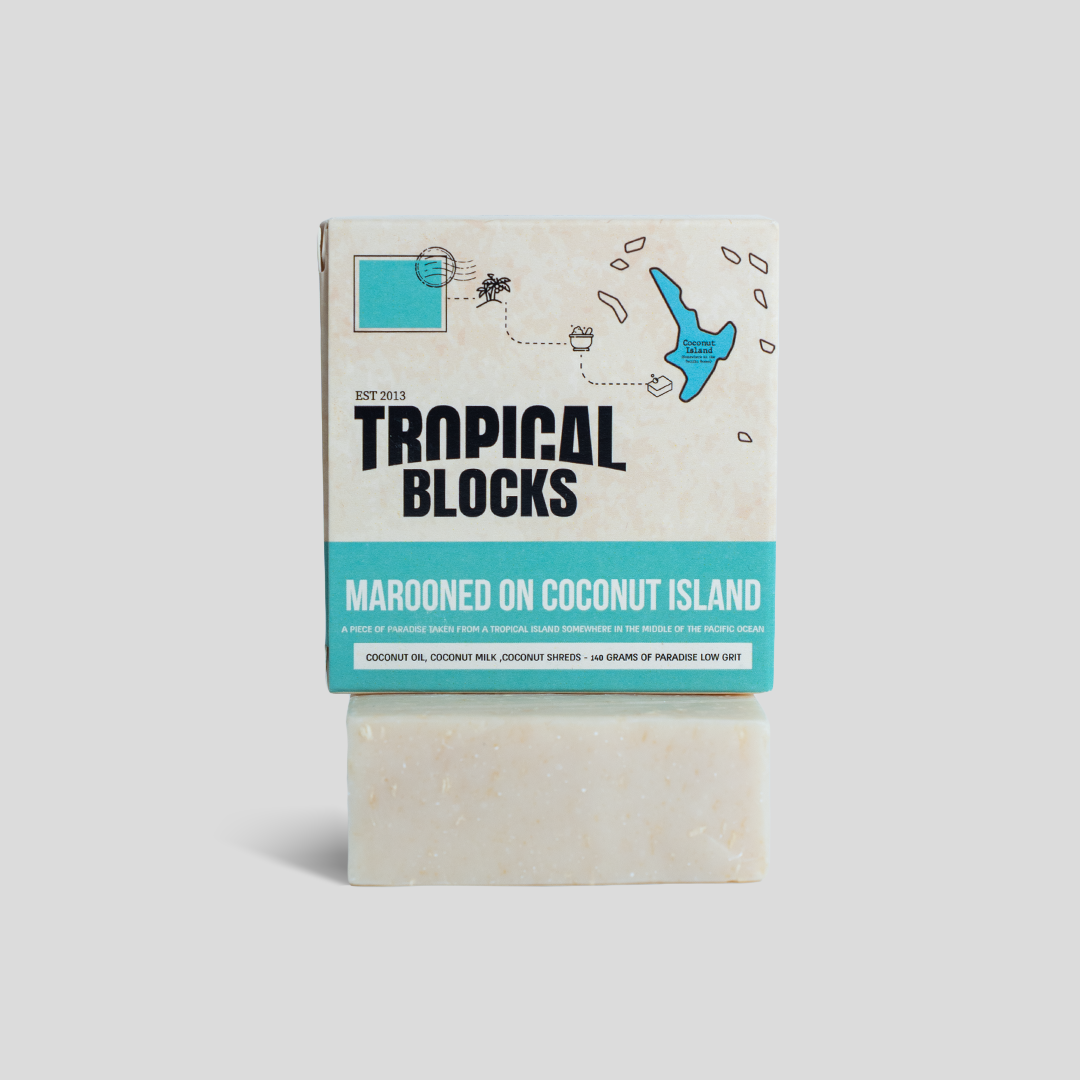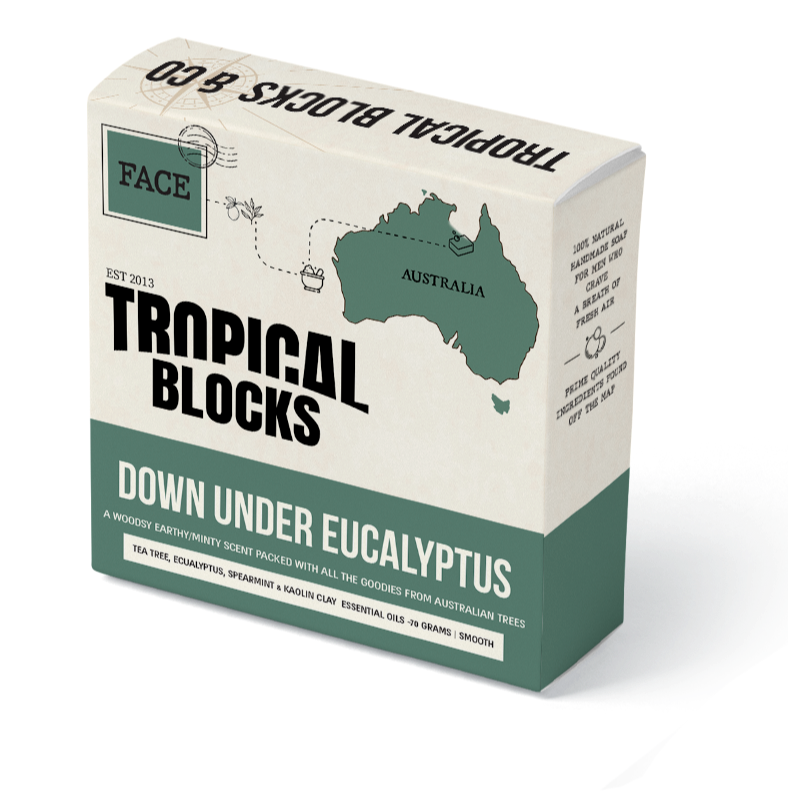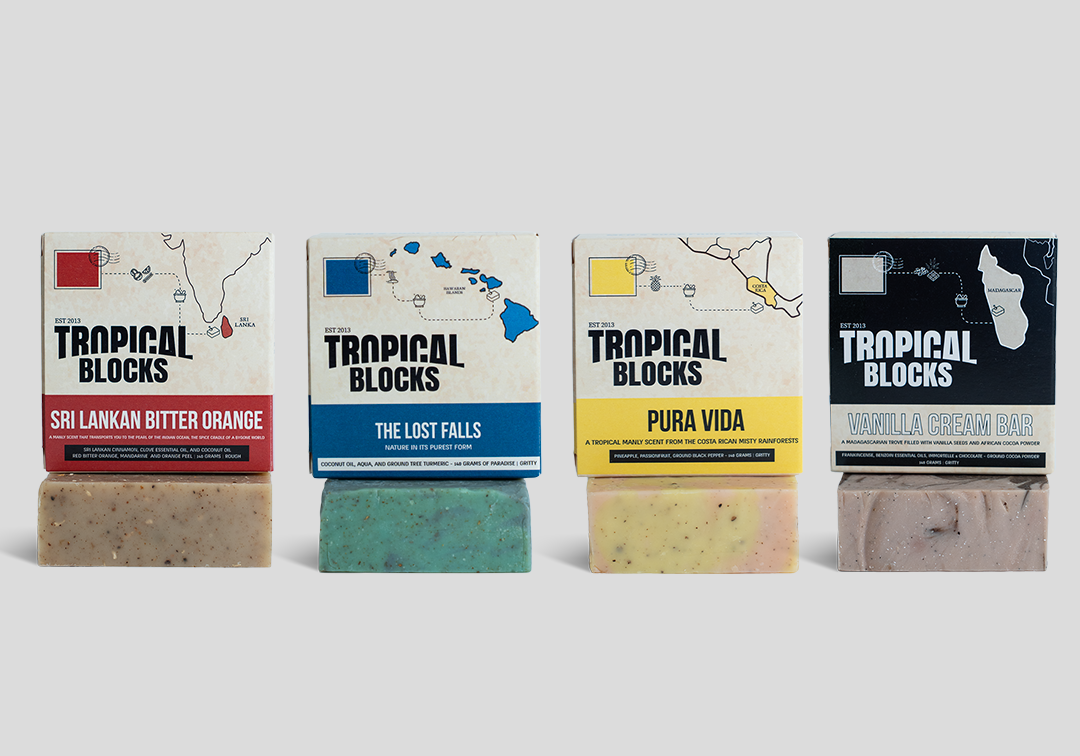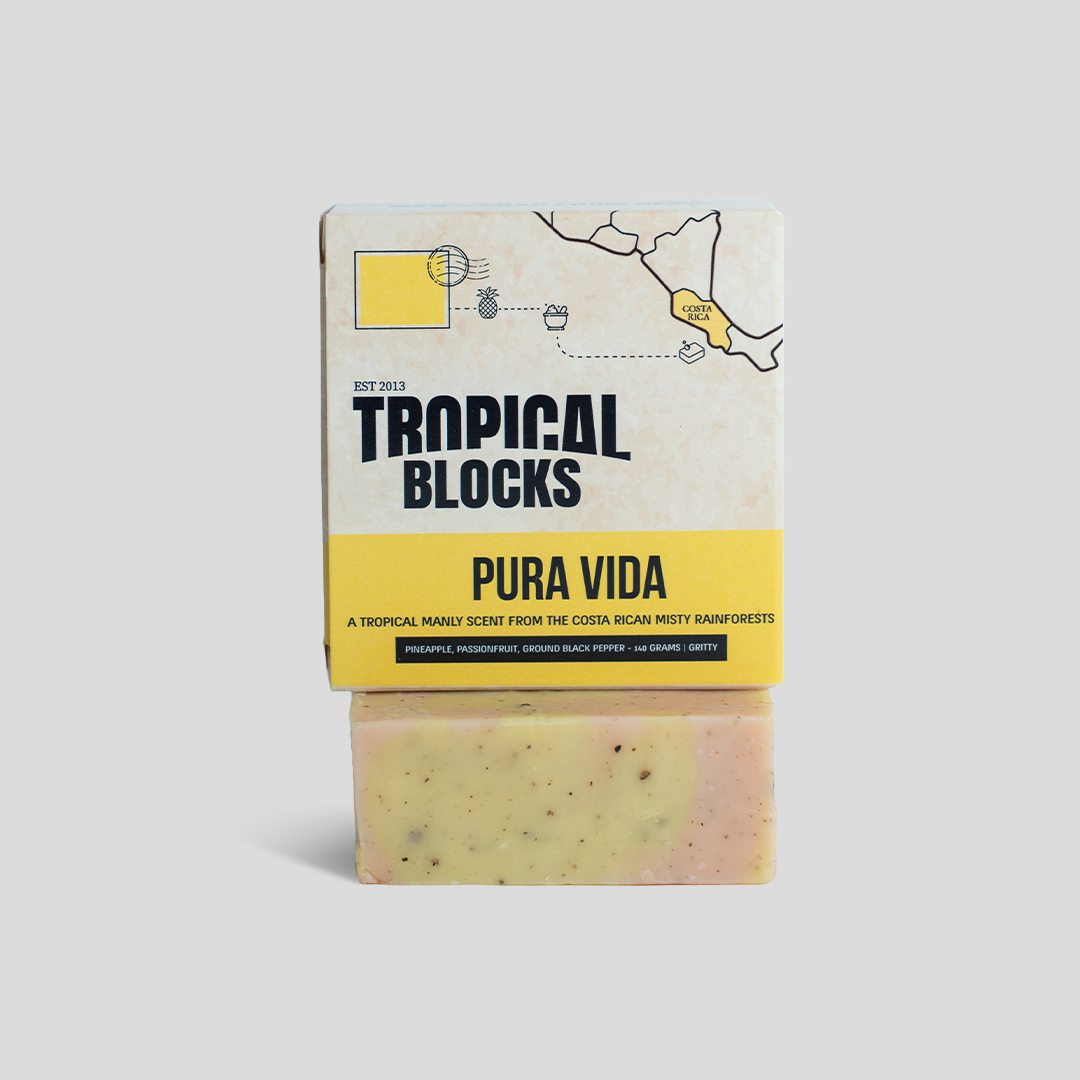Flight to the islands of French Polynesia
About eight hours after takeoff, we started seeing only blue through the windows. Even if we were to fly into space and peer out the window, we wouldn't be able to figure out where the ocean ended. It's no wonder Polynesia is considered one of the most mysterious regions on Earth.
During our flight from Tahiti to Bora Bora, we wondered how long it took explorers like Captain Cook and Magellan to reach this uncharted tropical paradise. As the world's only manufacturers of tropical soaps for men, we realized that the best way to understand how the ancient Polynesians invented and used soaps was to simply go to Polynesia.
Arriving in Bora Bora
Landing in Bora Bora was like entering a dream. From a distance, the tropical island looked like a piece of paradise in the middle of the ocean, with lush vegetation, cliffs, white sand, and crystal clear waters. Once we were off the runway, it was impossible to ignore the sweet smell of tropical fruits in the air. At some point, we arrived at a wooden hut and were welcomed by the chief of the Polynesian tribe.

The ancient soaps of Polynesia
The chief of the tribe shared with us old records found on the island, from Captain Cook's visits there in 1769 and 1777, in which he described how the Polynesians would bathe three times a day, and both men and women would remove all their armpit hair, which indicates an impressive level of hygiene and aesthetics compared to other ancient civilizations.
Then, the chief gathered some sand in his hands, and said: "The edge of the beaches marked the edge of the world, where the island ends and the ocean begins. We had no continents like America or Australia."
According to ancient records, coconuts were abundant at the time, and the Polynesians used them as the main ingredient for soap. They would collect the bark, leaves, and roots of certain plants, crush them, and blend them into a coconut pulp that was used as soap. Today, we know that applying coconut to the skin helps remove oils and dirt, moisturizes and nourishes, and that coconut has antibacterial properties, and even speeds up the healing and recovery of wounds. The traditional method of making soaps by the ancient Polynesians is considered environmentally friendly because it used renewable resources, did not include animal fat, and did not produce harmful waste.

As we looked around, nature revealed itself to us in its purest form. We felt as if we were as far away as possible from the big, busy cities we live in every day. It was as if someone had taken all the ingredients of paradise—coconuts, fresh water, pure white sand, exotic plants—and combined them together into one soap. That’s exactly what we do at Tropical Blocks .
Polynesia and the inspiration behind Tropical Blocks soaps
The inspiration behind the Tropical Blocks soap series comes primarily from tropical regions around the world, from Costa Rica to Sri Lanka, Thailand, Australia and Polynesia. All of these places are within the Tropic of Cancer—the area between the Tropic of Capricorn and the Tropic of Cancer.
This is what makes our soaps so special. We have sought out the finest ingredients from nature and incorporated them into our soaps, with each soap accurately capturing the essence of the tropics.
If you are adventurous, curious, or simply miss an exotic area you have traveled to in the past, we have two soaps that will suit you perfectly:
- MAROONED IN COCONUT ISLAND – Soap containing coconut and coconut chips, with a heavenly scent.
- THE LOST FALLS – A soap with a refreshing scent reminiscent of pure water and wild nature.
For more information about our soap line, visit our website: https://tropicalblocks.com .
Note: This article was heavily inspired by Christina Thompson's fascinating book, Sea People, The Puzzle of Polynesia . She wrote the book for anyone captivated by the magic of Polynesia and the Pacific Ocean.


